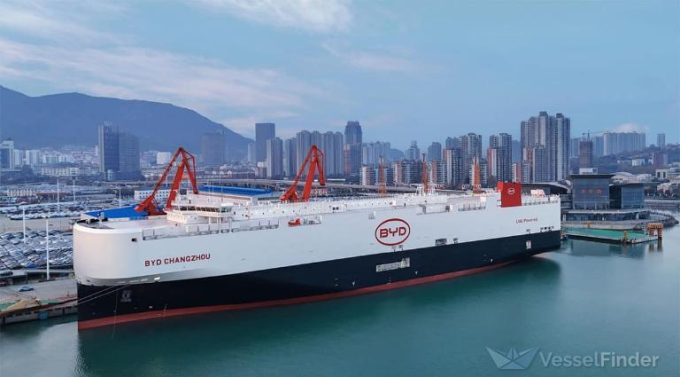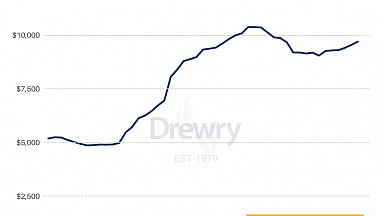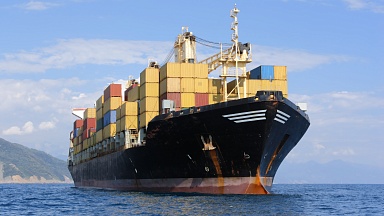Last year, daily charter rates for a 6,500-car equivalent unit (ceu) carrier peaked above $110,000 — today, that rate is around $95,000.
Clarksons analyst David Whittaker attributed the correction to a levelling-off of car exports from certain markets and PCTC newbuildings following high orders in 2022.
This was also mentioned in Hoegh Autoliners’ announcement of its five-year ‘$100m’ shipping agreement with a major automotive shipper yesterday. The company alluded to challenges facing the east-west vehicle trades in the face of western tariffs on Chinese electric vehicle imports.
Clarksons’ seaborne car trade indicator was up 3% year on year in the first 10 months, down from 18% for all of 2023.
Mr Whittaker explained: «This reflects a number of factors; ‘pent-up’ demand post-Covid has mostly been worked through in key markets, car sales in Europe are facing headwinds from high prices, elevated finance costs and uncertainty around the pace of the EV transition, while exports from Japan and Korea have been curbed by competition from Chinese brands in key markets and some logistical challenges.
«Chinese exports remain a bright spot (2024 to date +26%), as do imports into the Middle East and ASEAN. Meanwhile, fleet growth is accelerating as newbuild deliveries ramp up. The car-carrier fleet will have grown by 8% this year, with new deliveries adding to vessel supply, starting to put a degree of pressure on older, smaller vessels.»
S&P Global data shows that this year, shipyards are expected to deliver 44 car-carriers, four times the 11 delivered in 2023.
Fleet additions are tempering record ocean car trade, which is set to hit a record 24.5 million vehicles this year, even as PCTCs have also been detouring round the Cape of Good Hope, due to the Red Sea crisis.
Mr Whittaker said this reflected surging exports from China, which has surpassed Japan to become the world’s largest car exporter, with 5.3m units expected to move this year.
Meanwhile, Clarksons’ outlook points to further easing in charter rates and fleet growth of 12% and 8% in 2025 and 2026, respectively. In contrast, demand is targeted to grow by just 1% to 2% in the next two years.




